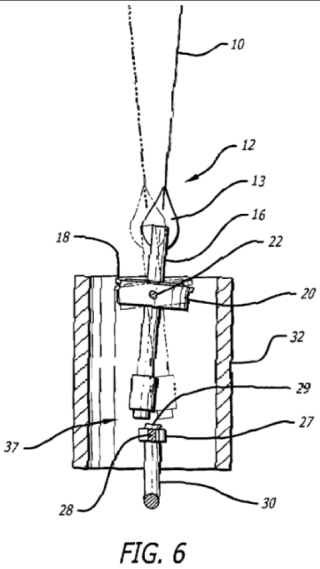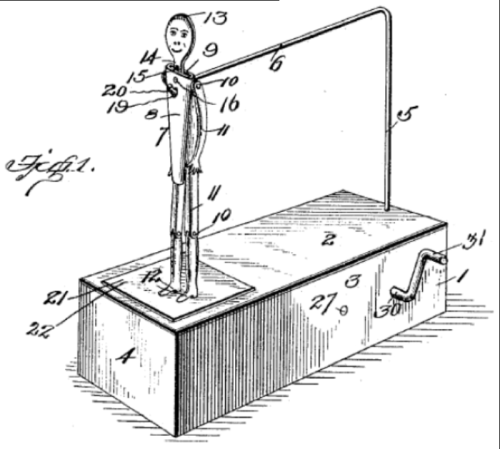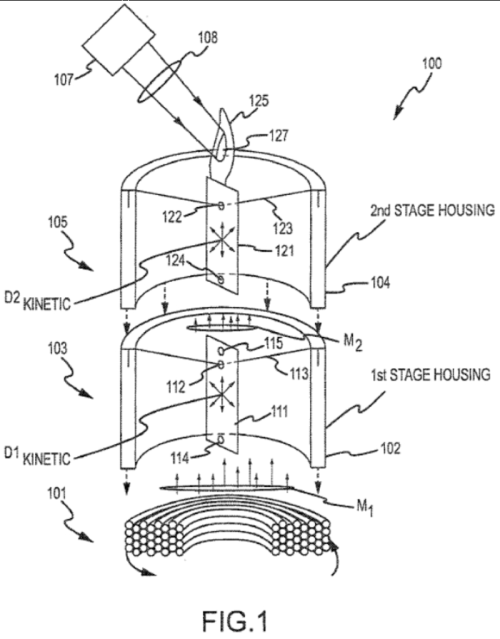
Luminara Worldwide, LLC appealed from three inter partes review (IPR) decisions, in which the Patent Trial and Appeal Board held unpatentable a total of 31 claims across Luminara's three patents. On appeal, Luminara challenged the Board's decisions as to one claim from each patent and asserted that the Board's application of the 35 U.S.C. § 315(b) time-bar was improper as to the '319 patent. The Federal Circuit dismissed the IPR with respect to the '319 patent, holding that the § 315(b) time-bar applied, and affirmed the other two IPR decisions.
The patents here are directed to making flameless candles that look and behave like real candles. Shenzhen Liown Electronics Co., Ltd. (Liown) requested inter partes review of 31 claims of the Luminara patents including U.S. Patent Nos. 8,696,166; 8,070,319; and 8,534,869. The three patents, which employ moving pendulums to simulate the appearance of a natural flame, are related.
Time-Bar (the '319 patent)
In instituting review of the '319 patent, the Board first addressed whether the IPR was time barred under 35 U.S.C. § 315(b), since the petition was filed more than a year after Liown was served with a complaint alleging infringement.
35 U.S.C. § 315(b) provides that inter partes review may not be instituted if the petition requesting the proceeding is filed more than 1 year after the date on which the petitioner is served with a complaint alleging infringement of the patent.
Specifically, on November 2, 2012, Candella, LLC, a predecessor in interest of Luminara, filed a complaint in the District of Minnesota against Liown for infringement of the '319 patent. Service of the complaint was acknowledged on December 3, 2012. On December 16, 2013, the parties having agreed to a dismissal, the District Court entered a voluntary dismissal without prejudice.
On August 5, 2014, Luminara commenced another lawsuit against Liown, again alleging infringement of the '319 patent as to the same products involved in the earlier case. On July 31, 2015, within one year of service of the second action, Liown filed for an IPR of the '319 patent.
Luminara argued that Liown was time-barred as to the '319 patent under 35 U.S.C. § 315(b) because the petition was filed more than one year after service of the first action. In instituting the IPR, the Board rejected the timeliness argument because the first action had been voluntarily dismissed without prejudice.
However, now, in Click-To-Call Technologies, LP, v. Ingenio, Inc, No. 15-1242 (Fed. Cir. Aug. 16, 2018), the en banc court held that § 315(b)'s time-bar applies in such a scenario present here. Thus, because the § 315(b) time-bar applies when the underlying complaint alleging infringement has been voluntarily dismissed without prejudice, the Board erred in instituting the IPR challenging the '319 patent. Thus, the Board's final written decision as to the '319 IPR was vacated, and remanded for dismissal of that IPR.
The Other Two IPRs
On the merits, the Board issued final written decisions determining that the claims were either anticipated or would have been obvious over the prior art.
Specifically, the Board determined that claim 14 of the '166 patent would have been obvious over the prior art. Claim 14 reads: "[t]he apparatus of claim 13, wherein the pivot hole is larger in diameter than an exterior dimension of the support element, whereby the flame body swings or pivots freely about the support element."
The ability to rotate "about" or "around" a supporting rod means that there is relative motion between the two parts. The Expert explained that such relative motion necessarily implies that the hole is bigger than the rod, and that parts of the prior art drawings indeed show a hole bigger than the rod.
While Luminara argued that the claim limitation necessitates movement in additional directions, the claim only requires the ability to "swing or pivot," not necessarily movement in other directions.
Thus, the Federal Circuit found that the conventional usage of rotation about a structure suggests movement relative to the structure, and if relative movement is possible, a person of ordinary skill would know that the pivot hole is larger in diameter than the rod.
With respect to the '869 patent, the Board found that claim 34 would have been obvious. That claim provides:
An apparatus for simulating a flickering flame effect, comprising:
a housing including an interior space;
a pendulum member pivotally mounted within the interior space, the pendulum member including first and second ends, wherein the pendulum member further includes a flame element extending from a second end opposite the first end, such that at least a portion of the flame element extends outwardly from the housing;
a first light source selectively transmitting light onto the flame element; and
a drive mechanism positioned in the housing and operating to provide kinetic motion to the first end of the pendulum member
wherein the pendulum member is pivotally mounted using a pendulum support member that extends through a hole in the pendulum member and
wherein the pendulum support member is coupled to the housing to remain stationary during pivotal movement of the pendulum member by the drive mechanism.
The Board explained that a gimbal mechanism in one piece of prior art could be replaced by a wire of another prior art reference to render the invention obvious and that there was motivation to combine the prior art references. On appeal, Luminara argued that it was not afforded proper notice, because while Liown's petition specified the replacement of a rod in the prior art, it did not specify that the gimbal mechanism would be replaced and that this represents a change in the obviousness theory.
The Federal Circuit disagreed, and concluded that the Board did not change the obviousness argument midstream. Liown's petition explained that the proposed combination of art would remove the entire gimbal structure. The petition specifically pointed out that the support wire, with its both ends connected to the housing, would provide a support. The Federal Circuit found that these descriptions made it clear from the outset that the modification involved eliminating the entire gimbal. Further, in its preliminary response, Luminara responded to the argument that the entire gimbal would be replaced. Liown's reply further explained that the entire gimbal would be replaced. Thus, the obviousness theory did not change, and the Federal Circuit affirmed the Board's decision.
Looking at the specific rejection, however, it's hard to understand the theory of motivation, or how the first reference, when modified by the second reference, could be seen to arrive at the claimed invention. Figure 6 of the primary reference is shown below, which includes the gimbaled mechanism allegedly modified by the secondary reference in which Figure 1 is reproduced showing the "wire" mechanism.
Primary Reference:

Secondary Reference:

Finally, below is Figure 1 of the '869 patent. It would seem that many arguments could have been made to address the substantive obviousness rejection, however, such arguments were left on the table.

Luminara Worldwide, LLC v. Iancu (Fed. Cir. 2018)
Panel: Circuit Judges Lourie, Dyk, and Taranto
Opinion by Circuit Judge Dyk